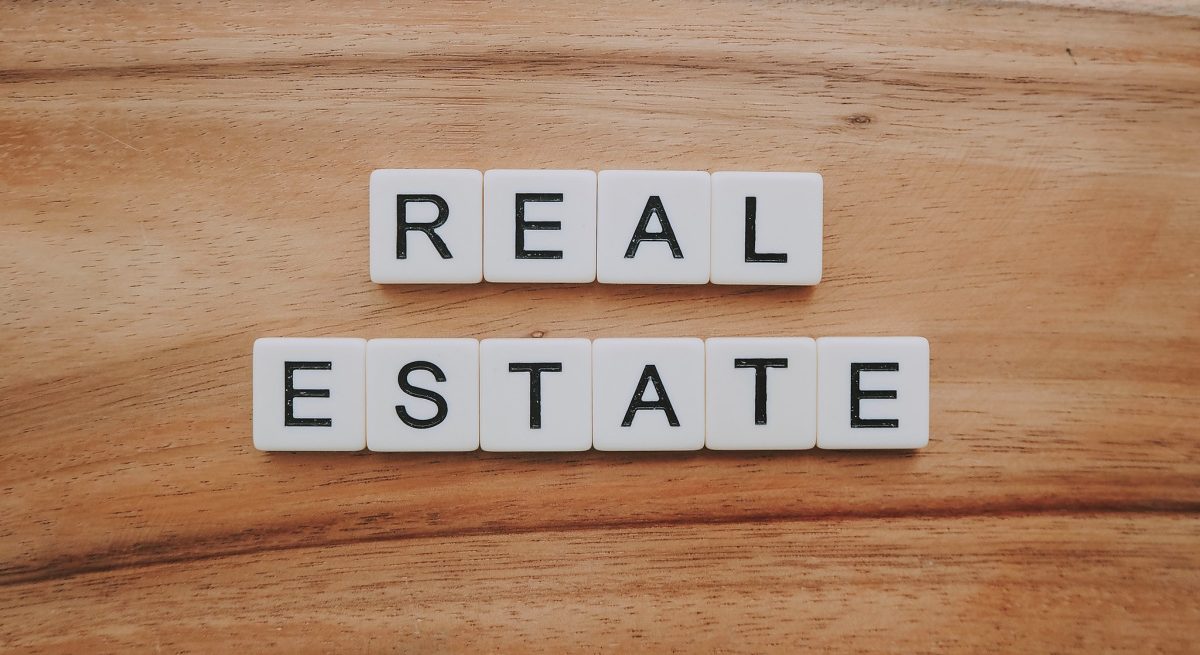QSR and Fast Casual Concepts Forego Expensive Commercial Real Estate Buildouts
2 Min Read By Chris Birkinshaw
COVID-19 global pandemic changed nearly everything. As vaccines become widely available, businesses are itching to re-open fully in an effort to return to pre-COVID numbers. For the quick-serve (QSR) and Fast Casual industry, a re-examining of all operational processes is taking place at a rapid, yet reactive rate. Atop the list of concerns is the brick-and-mortar buildouts, and many operators and franchise concepts are realizing the un-needed burden and limited ROI with lots of square footage.
At Aloha Poke, we discovered these nuances well before the global pandemic and were already shifting away from the typical Fast Casual model. For one, it made sense for our operation. Secondly, we re-conceptualized our model entirely, allowing us to more easily roll with the COVID punches and accelerate toward trends that were taking shape. Here are a few lessons behind our philosophy and experience.
Leaner and Meaner Buildouts
Convenience and quality have been well before COVID and the departure from fast food to fast casual has experience a sophisticated evolution. The fast-casual disruptors were obvious: fast-food giants moved to offer the most calories per dollar, while emerging concepts focused on higher-quality food and a healthier experience. Then the QSR industry quickly evolved to enrich convenience, embrace technology, and modernize their builds and remodels.
The challenge were buildouts focused on the “pay-last” model. The exhaustive menu and "constant personalization" of food orders strained physical spaces. Though thoughtful from a guest perspective, the concept was cumbersome, required a lot of space, and didn't add to the guest experience. As new technologies emerged including digital carry out and demand for delivery, many restaurants were left with unneeded space and surging overhead costs.
The Truth About Commercial Real Estate Needs
The fast-casual marketplace had been subtly developing new positions toward commercial real estate needs. One of the main drivers is the cost of a standard 2,400 square foot endcap, which has been on a steep increase due to demand. For franchise development executives, it was not uncommon to see the endcap in the strip side have four to five different fast-casual concepts running up the per square foot price in an effort to outbid competitors and win the space.
The Aloha Poke model was re-imagined based on several factors that did not require the 2,400 sq foot endcap. We discovered we could reduce high, up-front capital investments without compromise to our brand integrity, food quality, or the customer experience. Poke does not need much back-of-house space and our raw-ingredient menu doesn't require a 25-foot line of custom equipment including grills, fryers, ventilation systems, and fire suppression systems. Because of this, we're able to move into spaces that other brands couldn't get into either because of their equipment needs or couldn't get into because of the per square footage needs.
In some respects, many guests will return to experiential concepts simply because they haven't had the option for more than a year. However, I think this will evolve. Many people have found the convenience, quality and value of take-out. I think the restaurant of the future will provide less friction between the customer and the ordering experience, less reliance on a physical brand experience, and more focused on how well a restaurant can provide great food through a seamless digital experience. The restaurant of the future is being reimagined right now, and the winners will continue to include a focus on the off-premises guest experience while providing high-quality food, value, and efficiency.


